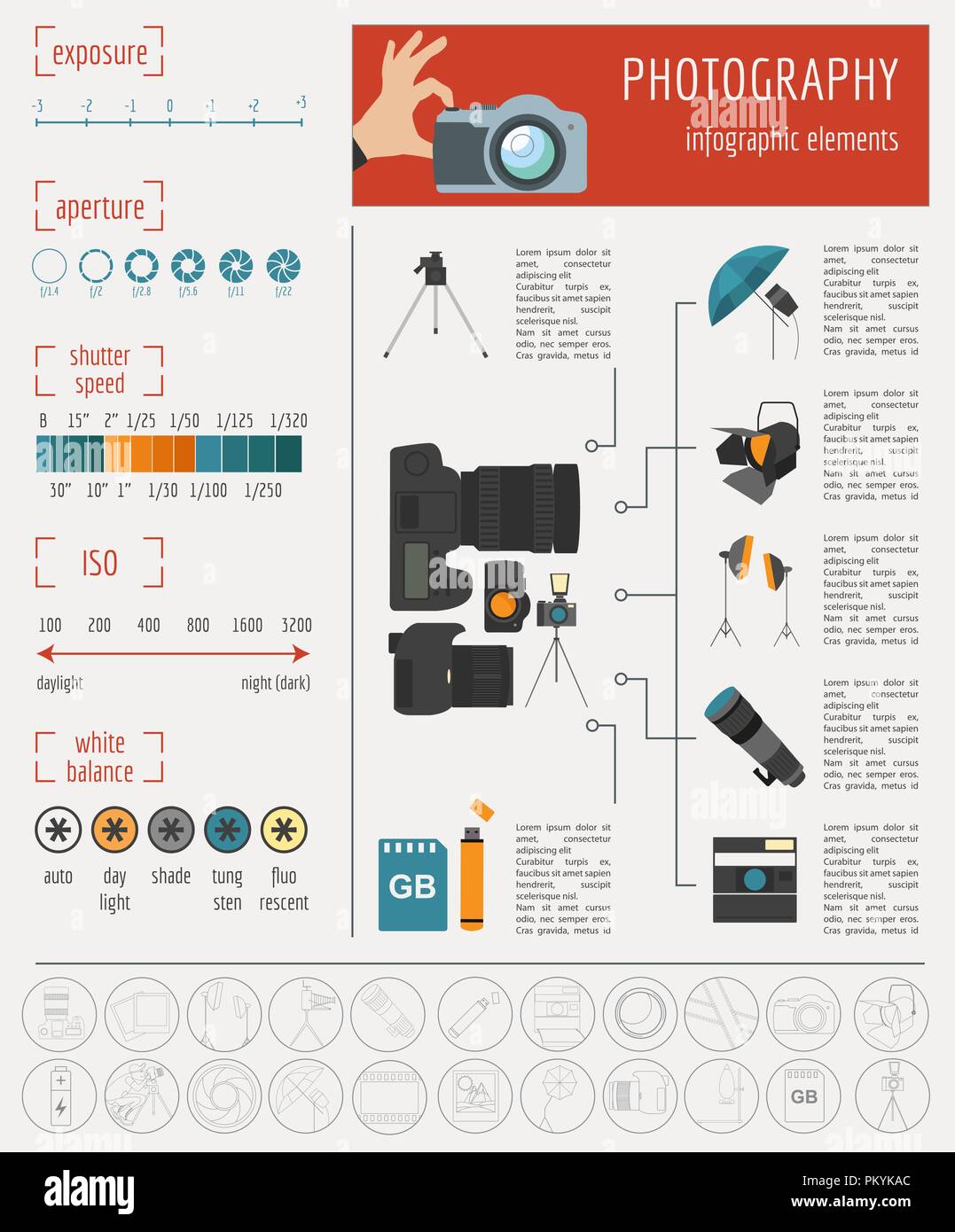Transform Your Digital Photography By Mastering Lighting Strategies That Can Boost Your Images-- Discover The Common Challenges That Could Be Holding You Back
Transform Your Digital Photography By Mastering Lighting Strategies That Can Boost Your Images-- Discover The Common Challenges That Could Be Holding You Back
Blog Article
Post By-From Olsson
As a professional photographer, you know that lighting can make or damage your photos. Recognizing the nuances of both all-natural and man-made light is vital for recording the state of mind and clearness you aim for in your work. Whether you're chasing after the excellent gold hour glow or fine-tuning your fabricated setups, grasping these components can elevate your photography significantly. However there prevail risks that several forget, and acknowledging them can change your technique to every shoot. Let's discover what you may be missing and exactly how it can influence your outcomes.
Understanding Natural Light
Understanding all-natural light is important for any kind of photographer aiming to boost their job. It's the structure of fantastic photography, affecting state of mind, tone, and quality. When you shoot outdoors, focus on the moment of day. The gold hour-- shortly after sunrise and before sundown-- offers soft, cozy light that can change common scenes right into magnificent images.
Pro photographer near me take too lightly the power of cloudy days. Cloud cover diffuses sunshine, developing a soft, also light that's perfect for portraits and macro photography. You'll discover colors pop in this kind of illumination without harsh shadows.
Positioning issues, too. Always consider your subject's positioning to the light. If the sunlight's behind your subject, you may wind up with a silhouette, which can be dramatic yet mightn't be what you want. On the other hand, straight sunshine can produce uncomplimentary darkness.
Explore angles; sometimes, transforming your point of view can generate amazing results. Usage natural reflectors, like water or sand, to bounce light onto your subject, including dimension.
Learning Artificial Light
Grasping fabricated light is important for professional photographers that want to take their abilities to the next level. Whether you're making use of speedlights, workshop strobes, or constant lights, recognizing just how to control these sources can substantially boost your pictures.
Start by familiarizing on your own with the fundamentals of light top quality, instructions, and shade temperature level. Explore different modifiers like softboxes, umbrellas, or grids to control the gentleness or cruelty of the light.
You'll locate that soft light commonly produces lovely results, while harsher light can include drama and deepness. Don't shy away from shadows; they can improve the three-dimensionality of your topics.
Pay close attention to the positioning of your lights. A light positioned as well near to your subject can produce unflattering outcomes, while as well away can lead to a lack of detail. Utilize a light meter or your cam's histogram to guarantee you're subjecting properly.
Last but not least, remember that synthetic light can be blended with ambient light for innovative impacts. Balancing these sources could take practice, once you understand it, your photography will really radiate.
Techniques for Various Situations
When you enter different shooting scenarios, adjusting your illumination methods is vital for catching the most effective photos. For outdoor portraits, utilize the golden hour-- early morning or late afternoon light-- to soften darkness and boost complexion.
If it's a severe lunchtime sun, consider utilizing a reflector to bounce light back onto your topic or look for shaded locations for an extra even exposure.
In low-light circumstances, like interior occasions, increase your ISO and use a vast aperture to allow in more light. A tripod can help get rid of video camera shake, permitting longer direct exposures without obscuring.
If you're shooting at night, experiment with off-camera flash to develop dynamic lights and depth in your photos.
For item digital photography, make use of diffused lighting to prevent severe reflections. Softboxes or light outdoors tents can help attain this impact.
When photographing landscapes, consider the instructions of light and time of day, as it can drastically change the mood of your shot.
Constantly be ready to adjust your setups and positioning based on the circumstance, as adaptability is crucial to grasping illumination in digital photography.
Verdict
Finally, grasping illumination is key to elevating your digital photography abilities. Embrace all-natural light's elegance during golden hour, and don't shy away from explore synthetic light methods. By adjusting your technique to different scenarios, you'll capture spectacular photos that resonate with emotion and clarity. Bear in mind, the best illumination can change an average shot into something amazing, so keep practicing and fine-tuning your understanding of both natural and synthetic light. Satisfied https://www.kitsapsun.com/story/entertainment/2020/03/30/photographers-like-pete-saloutos-isolation-always-part-job/5087464002/ !
